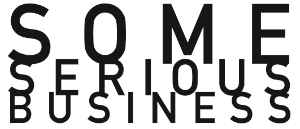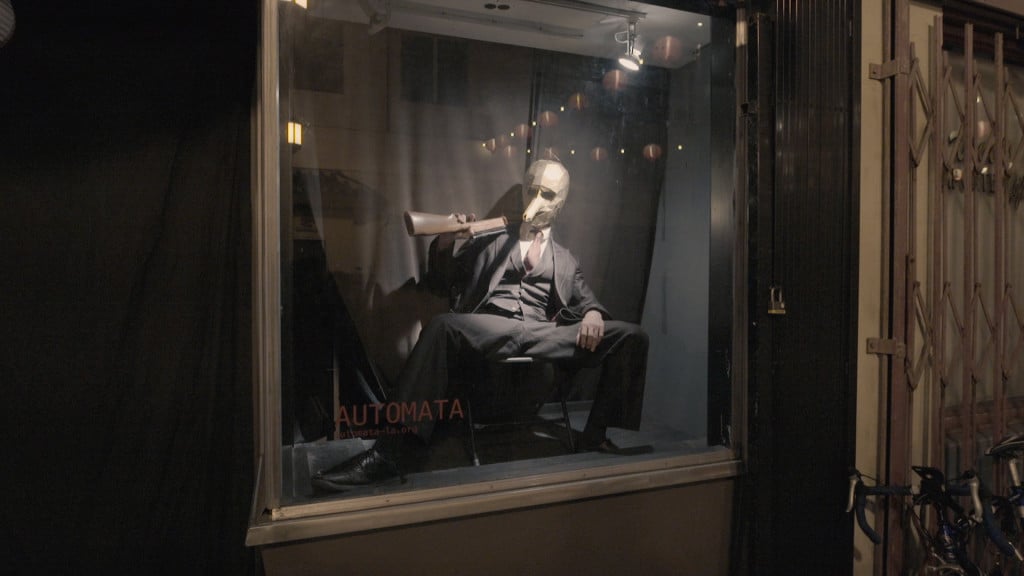Some Serious Business presents #FiftyQuestions to highlight folks who are creating, presenting, questioning and critiquing. Each featured artist picks a handful of questions to answer. #FiftyQuestions was created especially for SSB by Quintan Ana Wikswo.
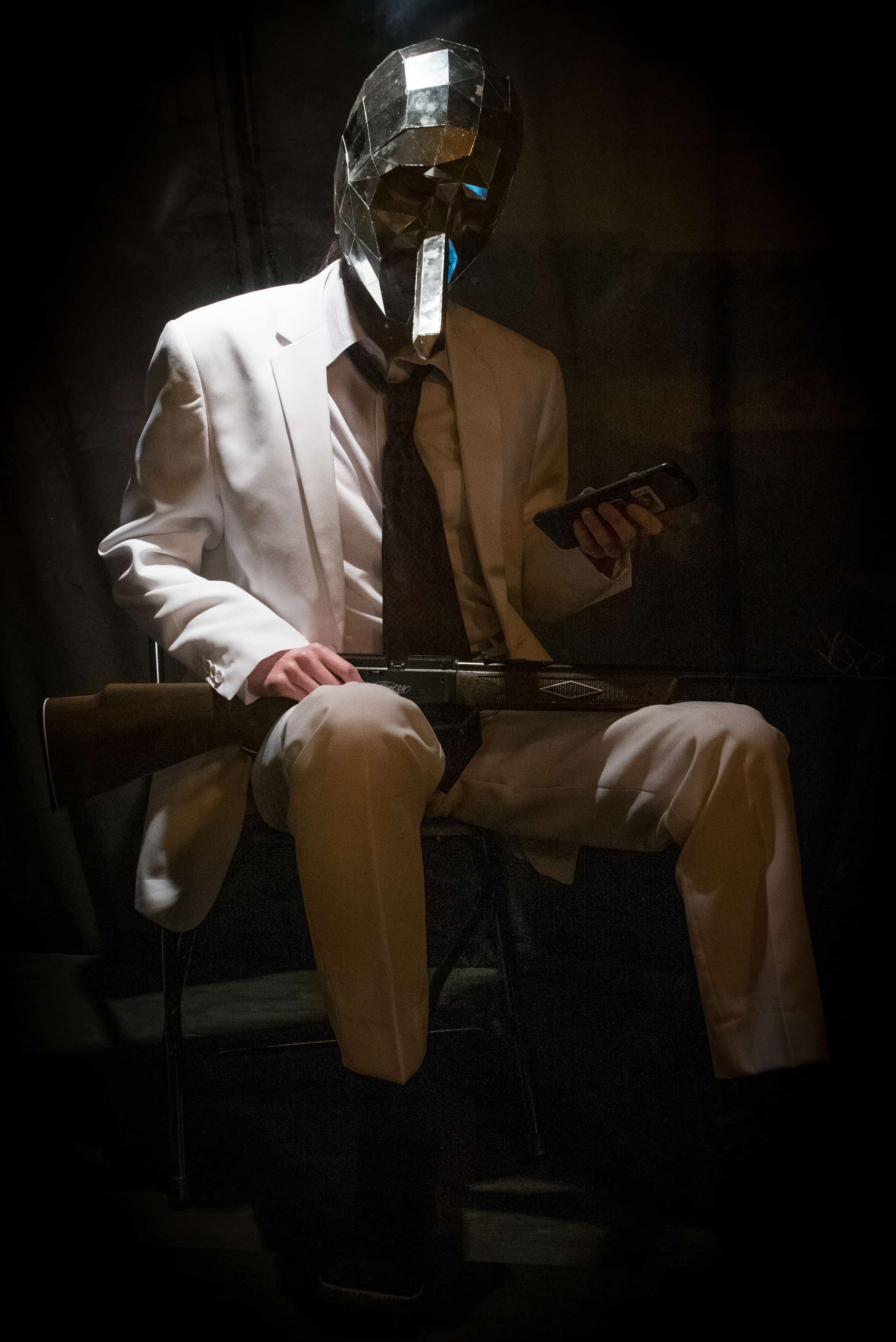
“It is clear to me at last that the dark I have always struggled to keep under is in
reality my most precious ally.” Krapp’s Last Tape, Samuel Beckett, 1958
Que no se apague el fuego
Que hay en tu corazón
Que no se apague el fuego
Que siga ardiendo más y más
What are we gonna say after HELLO? is the most recent installation by Argentina-based duo Mondongo: a multisensorial event, part performative courtly masque, part Matryoshka paradigm which bounces shambalic symbols at the viewer with the clear intention of entangling one in a folie à plusieurs.
Although Mondongo has exhibited worldwide, they have enjoyed a particularly receptive audience in Los Angeles, where they have participated quite recently in the Getty-sponsored Pacific Standard Time: LA/LA programming and a number of other exhibitions in the area.
Originally founded in 1999 by three art students, Mondongo is now a duo comprised of Juliana Laffitte and Manuel Mendanha. In their 2008 manifesto Mondongo wrote, “in Spanish, the word…is also a stew we love, and we are like three witches stirring it up in a cauldron: revolving and expecting and trying and experimenting; attempting to alchemize, to distill, and ooze all the chaos, and the all possible ‘all-ness’ in it.”
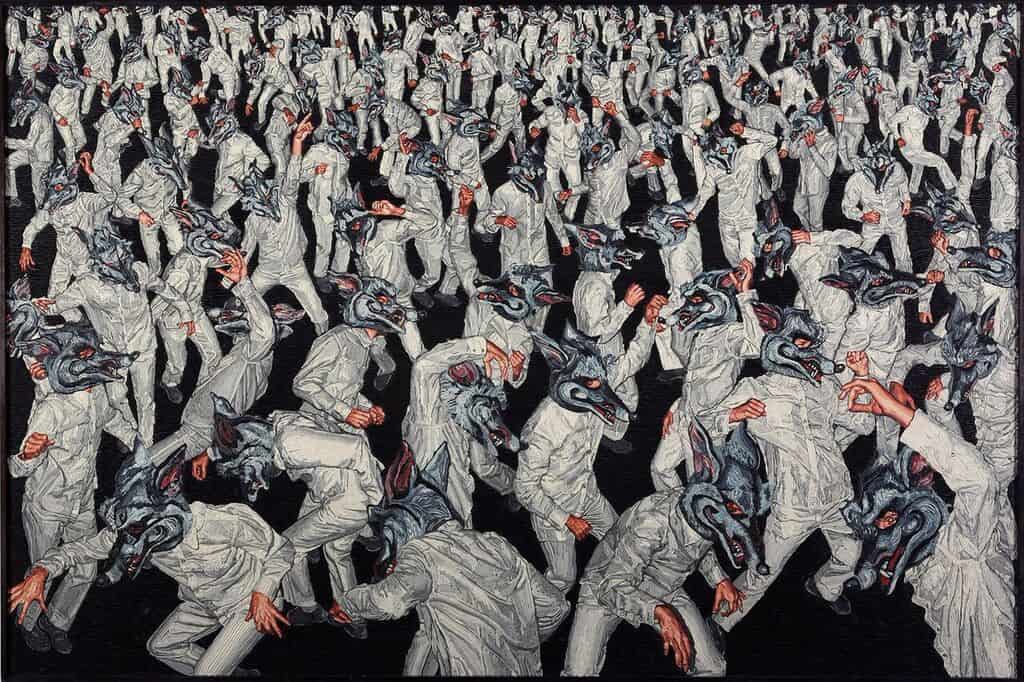
Decidedly painterly in their approach and yet innately sculptural, Mondongo’s efforts gained initial attention for an inventive approach to materials and portraiture. Referencing everything from icon pop figures, classic fairy tales, devotional structures and folk rituals, geopolitical corruption to the western art canon, Mondongo have employed, for example, toast, biscuits, glass, glitter, nails, and meat to create a complex Bosch-like series of portraits, landscapes (teatrinos), and fantastical dioramas.
By 2004 their adoption of plasticine—particularly in the Red Series, an ironic collection of twisted Little Red Riding Hoods and their adventures with trickery and wolfdom—that engaged the public imagination. Melted, or employed in its natural form, plasticine can be used with painstaking painterly virtuosity or modeled into bas-relief like surfaces both hyperreal and utterly abstracted.
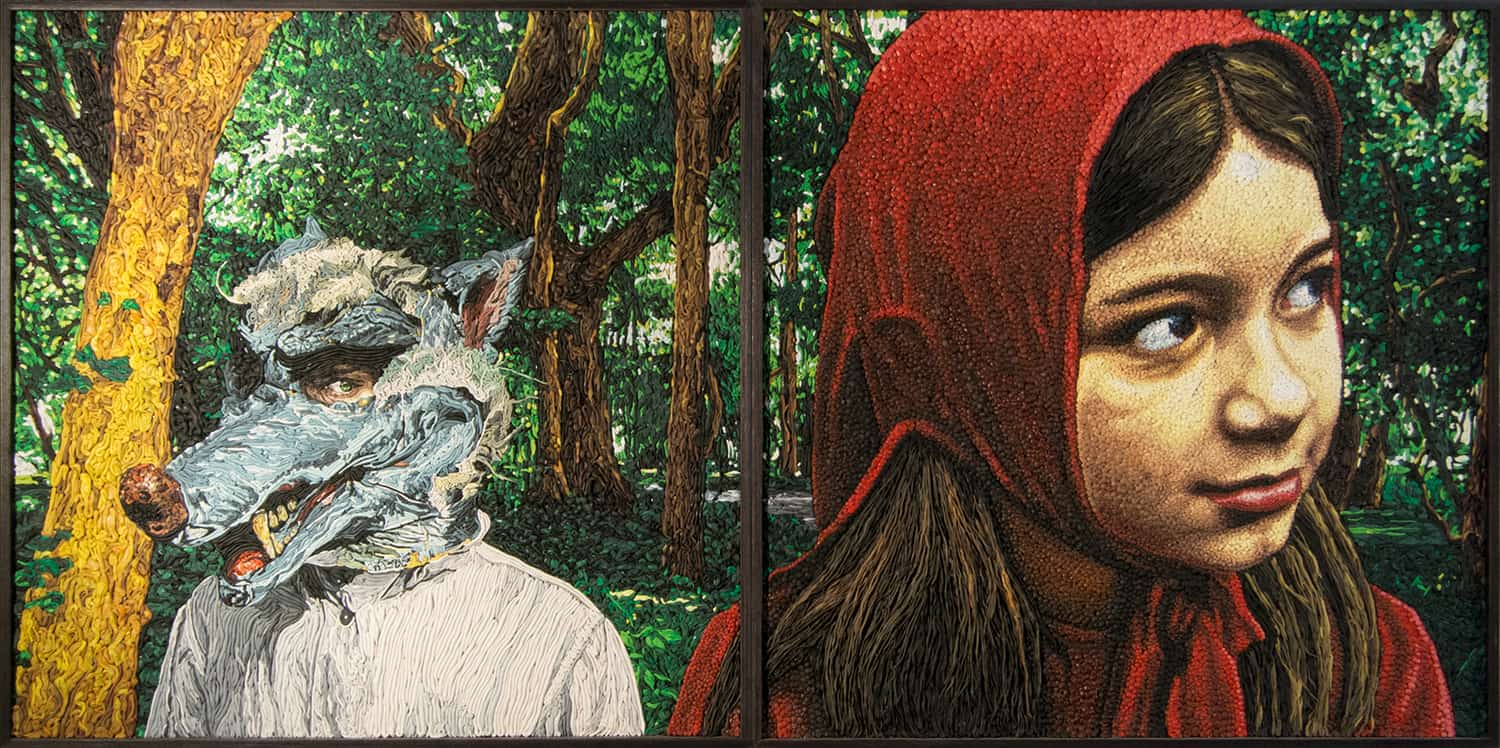
In collaboration with Track 16, located in the historic Bendix building, a complementary installation of Mondongo: What are we gonna say after HELLO? was also presented at Chinatown’s Automata Arts. Here, the Pinocchio-esque masque figures occupy the window fronts, engaging with a variety of objects including rifles. Within the gallery interior’s space, various moving figures in costume, a table fully set surrounded by feasters, and a caged, tuxedoed wolf hangs from from the ceiling. The walls display a selection of paintings from the strobe light flash, punctuating the movement of all-present inside, whether performer or viewer and bringing into question ‘what can be seen?’
In the Track 16 Bendix iteration, the performers, again be-hooded and be-suited, sit facing each other at a pale blue table, moving in the slowest slow motion, mirroring, and opposing, back and forth, touching and repulsing, a danse macabre against a dark grey felt-covered wall, a slight nod, reminiscent of Beuys.
Two walls are covered with an array of painted “corazones” or “hearts,” small fires, and/or fire spirits. Purifying, fire creates and destroys. Civilization begins with its spark and its control; yet it remains wild, threatening a path of destruction, chaos, trickery, and theft. Some of these fires are devilish and some are not. In the Fire Series, some are natural and some are not. Lafitte’s family background of evangelism and exorcism comes to mind. These fires are portraits, intelligences. Between these fires hangs one of the largest paintings from the Gothic Arch Series, Babies, one gigantic image of images, a phantasmagoria of repeated images all of which are Juliana’s daughter as a fleshy newborn. Against the wall rests a small broom. Although a witch doesn’t need one.
“What is on the table?
Locks.
I like Locks.
Yes. And Keys.
I like Keys too.
Of course. And do you know what the table is called?
No. What?
Gratitude.”
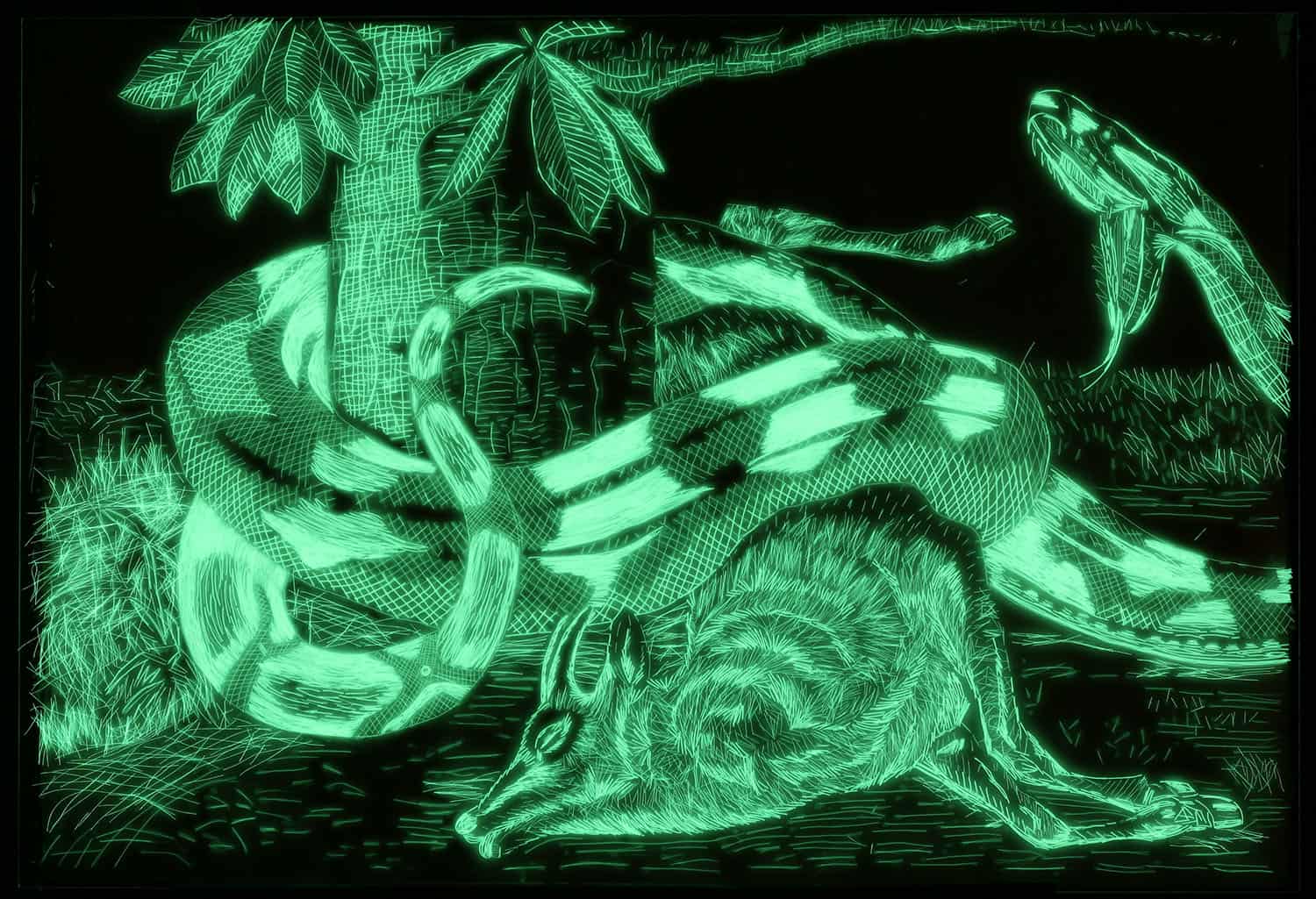
7- What project of yours do you personally consider most satisfying and why—regardless of external support or accolades?
We mistakenly say “projects” because this work is our way of life. To be looking tirelessly at what would be interesting to tell and how to go about doing it, trying to tame materials and sharpen intuition. To trust the work we do together (the two of us and many more that cross our path, dead or alive) is important. Also to distrust “security,” a deceitful character that only gives you comfort—the only thing that takes away your honor.
11- What is you current guiding motivation to work and/or express yourself?
I can’t stop expressing myself. I feel like being heard, being seen, being taken into account in other people’s minds and hearts. It’s a perpetual motivation. And I take action because otherwise I would die.
15- What surprises you most about what you are doing right now in your practice? If the 9-year-old you could see you right now, what do you think s/he would think?
What now impresses me is that I am painting fires. Little paintings of different kinds of fires. It´s been almost two years now that I am painting them. The engine that makes me go on painting fires is a song that I sang at the Evangelical church where I used to go as a child. The chorus of the song goes like this: “Do not extinguish the fire in your heart/Let the fire not be extinguished/Let it burn more and more.” That’s a song I listened to when I was nine. And maybe, today, this girl I was reminds me that an ardent heart is necessary to go through life.
38- How important is it to you that others connect and understand and appreciate your work?
As important
As water
As air
As love.
As seeing and having sex.
As a conversation with friends
As the night
As vegetables
As addictions.
46- Which would you prefer: To be a rogue artistic outsider or to fit within a community of similarly-minded creators?
I would prefer the second option. The community would be made up of our friends. Without friends to share our thoughts with, nothing would make sense.
48- Are you more interested in the universal or the individual? How important is it to you whether you express yourself as a unique person, or rather add your voice to a collective conversation?
I consider that works of art are always autobiographical. Even though we work as a collective, there is always information about each of us in our work. There is also the energy of many people who inspire us; sometimes we are conscious about it and sometimes we are not. But we wholeheartedly believe we need to connect with focus on many levels so that something “new” can appear in the work….
49- If you could be anything besides an artist in human form, what would you like to be?
I would like to be a search engine from a database that responds to people’s searches in erroneous or ridiculous ways. A dadaist database….
Mondongo: What are we gonna say after HELLO? is on view at Track 16 Gallery in Los Angeles through March 31, 2018
Mondongo in ArtNews
Mondongo in ArtNowLA
